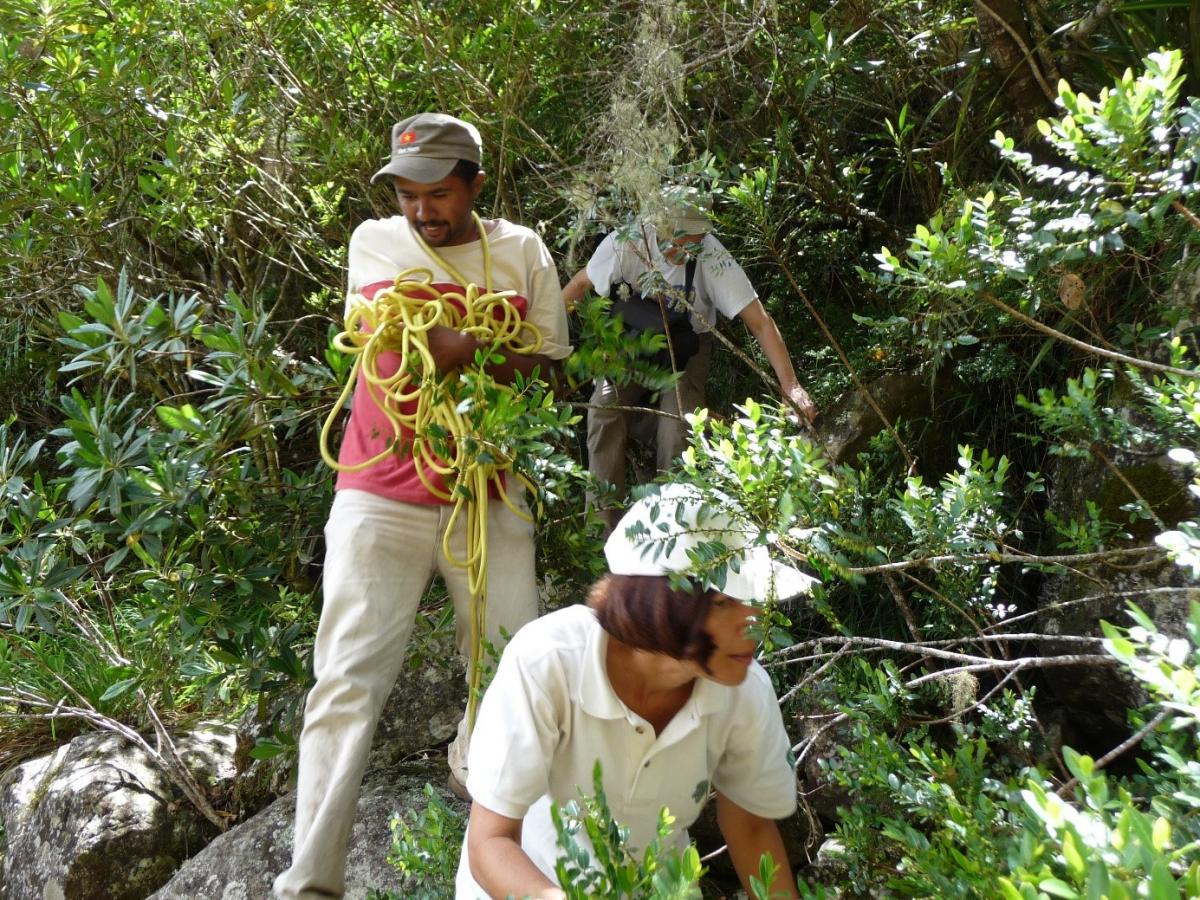Réunion National Park, a World Heritage Site hosting new discoveries
Established in 2007, the Réunion National Park was added to the UNESCO World Heritage List in 2010 as "Pitons, cirques and remparts of Reunion Island". This was based on 2 criteria - exceptional landscape and biodiversity. This makes it France's first overseas national park to benefit from this prestigious international recognition. With its core zone and its membership zone, the protected area covers a large part of the island representing 42% (105,447 ha) of the territory of Réunion Island.
The combination of volcanic activity, landslides of tectonic origin, and erosion from heavy rainfall and watercourses has resulted in a rugged and spectacular landscape of striking beauty, dominated by two volcanoes - the dormant Piton des Neiges and the extremely active Piton de la Fournaise. These two basaltic volcanic massifs are the result of a single hotspot. These protected areas host a range of natural forest habitats, some of which, like the Pandanaies, are unique in the world. These island natural ecosystems are home to animals and plants with a high degree of endemism in the core area of the National Park.
Nearly 1600 native species have been recorded throughout the island, yet there are still discoveries being made. For example, in 2018 a seabird nesting around the Piton des Neiges was rediscovered: the Mascarene Petrel (Pseudobulweria aterrima). Among the 236 taxa of flowering plants in Réunion, some endemic genera of Reunion are Critically Endangered according to the IUCN Red List. In 2008, a plant of the endemic genus Heterochaenia was discovered and described as new to botany: Heterochaenia fragrans. Among the terrestrial animals, some forest birds such as the Réunion cuckooshrike (Lalage newtoni) are Critically Endangered (CR) according to the IUCN Red List.
In 2017, an IUCN report placed the Réunion Island in the category of sites of "significant concern" falling from "good with some concerns" in 2014, particularly due to threats from invasive species.
Faced with the challenge of preserving its significant natural heritage, the Réunion National Park, as a public establishment, is a key player alongside the local community in ensuring the integrity, preservation, and management of exceptional biodiversity in these spectacularly original landscapes. Thus, within Réunion National Park, officials and communities are mobilising to guarantee the integrity of the tropical island biodiversity of the Mascarene archipelago, which is threatened by several factors. For this reason, the new management plan for the park must be drawn up with the associative, scientific, research, socio-economic, and cultural actors and institutions so that they are involved in its implementation.








